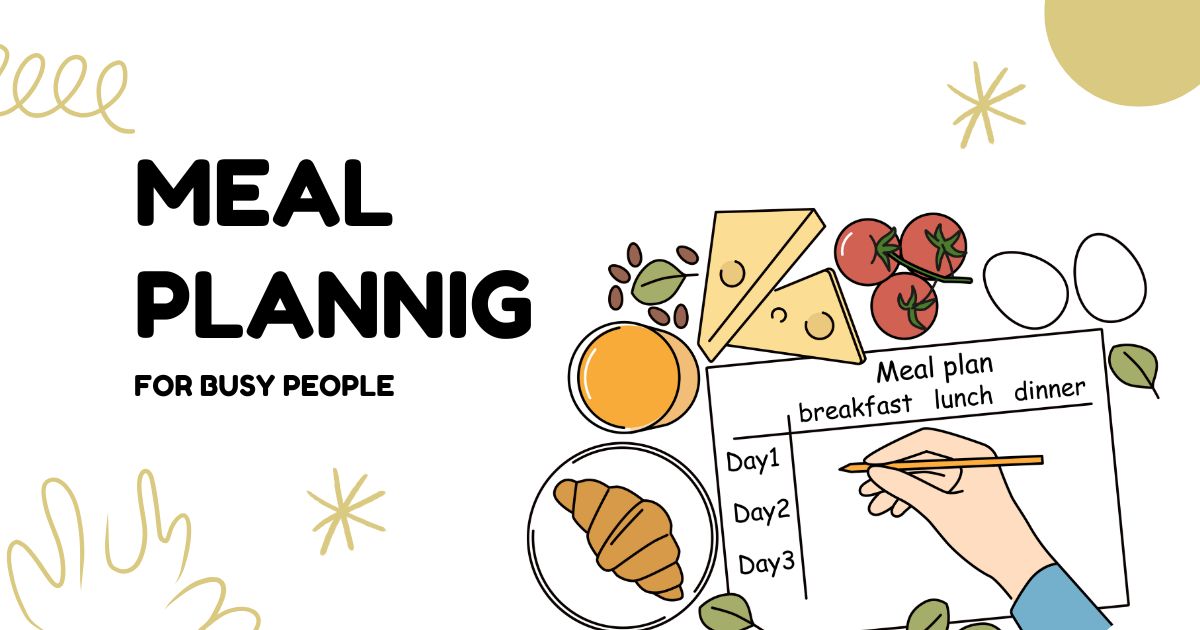The low-carb diet has gained immense popularity in recent years as a weight-loss strategy and a way to improve overall health. By reducing carbohydrate intake and focusing on protein, healthy fats, and nutrient-dense vegetables, many people report improved energy, better blood sugar control, and effective weight management.
But what exactly is a low-carb diet, and is it right for you? This article explores the fundamentals of low-carb eating, its benefits, potential drawbacks, and tips for successful implementation.
What is a Low-Carb Diet?
A low-carb diet limits the consumption of carbohydrates—found in foods like bread, pasta, rice, and sugary products—while encouraging higher intake of proteins and healthy fats. The goal is to shift the body from using glucose (from carbs) as its primary energy source to burning fat for fuel, a state known as ketosis in very low-carb diets like the ketogenic diet.
Common Low-Carb Diet Variations:
-
Ketogenic Diet: Extremely low-carb, high-fat, moderate-protein diet.
-
Atkins Diet: Begins with very low carb intake and gradually increases carbs.
-
Paleo Diet: Focuses on whole foods with naturally lower carbs, avoiding processed foods.
-
Moderate Low-Carb Diets: Allow 100–150 grams of carbs per day, often easier to maintain long-term.
Benefits of a Low-Carb Diet
1. Weight Loss
Reducing carbs can help control appetite and lower insulin levels, allowing your body to burn stored fat more effectively. Many studies show significant weight loss in the first few weeks of a low-carb diet.
2. Improved Blood Sugar and Insulin Control
Low-carb diets reduce blood sugar spikes, making them beneficial for people with type 2 diabetes or insulin resistance.
3. Better Heart Health Markers
Some research indicates that low-carb diets can improve HDL (good) cholesterol, reduce triglycerides, and lower risk factors associated with heart disease.
4. Enhanced Mental Clarity and Energy
Stable blood sugar levels prevent energy crashes and support better focus and concentration.
5. Reduced Cravings
By emphasizing protein and fat, which are more satiating, low-carb diets often help reduce cravings for sugary and processed foods.
Foods to Eat on a Low-Carb Diet
A successful low-carb diet focuses on nutrient-dense, low-carbohydrate foods:
-
Proteins: Eggs, chicken, turkey, lean beef, fish, tofu, and tempeh.
-
Healthy Fats: Avocados, nuts, seeds, olive oil, and coconut oil.
-
Low-Carb Vegetables: Leafy greens, broccoli, cauliflower, zucchini, peppers, and asparagus.
-
Dairy (Low-Carb): Cheese, Greek yogurt, and cream.
-
Beverages: Water, unsweetened tea, and coffee.
Foods to Limit or Avoid
-
Sugary Foods: Sodas, candy, pastries, and desserts.
-
Refined Grains: White bread, white rice, pasta, and cereals.
-
Starchy Vegetables: Potatoes, corn, and peas (limit in strict low-carb plans).
-
Processed Foods: Chips, packaged snacks, and fast food items.
Potential Drawbacks of Low-Carb Diets
While many people thrive on low-carb diets, there are potential side effects and considerations:
1. “Low-Carb Flu”
In the first few days or weeks, some may experience fatigue, headache, irritability, or nausea as the body adjusts to lower carb intake.
2. Nutrient Deficiencies
Strict low-carb diets may reduce intake of fiber, vitamins, and minerals found in whole grains and fruits. Incorporating low-carb vegetables and some fruits can help prevent deficiencies.
3. Digestive Issues
Lower fiber intake may cause constipation. Eating leafy greens, chia seeds, flaxseeds, and drinking plenty of water can support digestion.
4. Not Suitable for Everyone
People with certain medical conditions (like kidney disease) or pregnant and breastfeeding women should consult a healthcare professional before starting a low-carb diet.
Tips for Success on a Low-Carb Diet
-
Start Gradually: Reduce carbs slowly to avoid extreme fatigue and cravings.
-
Plan Balanced Meals: Ensure each meal has protein, healthy fats, and fiber-rich vegetables.
-
Stay Hydrated: Low-carb diets can lead to water loss, so drink plenty of fluids.
-
Monitor Electrolytes: Sodium, potassium, and magnesium levels can drop initially; include nuts, leafy greens, and salt appropriately.
-
Track Progress: Keep an eye on energy levels, weight, and how your body responds to adjustments.
Conclusion
A low-carb diet can be a powerful tool for weight management, improved blood sugar control, and increased energy. By focusing on protein, healthy fats, and nutrient-dense vegetables while limiting refined carbs and sugars, you can experience significant health benefits. However, balance and personalization are key—what works for one person may not suit another. Consulting with a healthcare provider or nutritionist can help ensure a safe and effective approach.
Also Read : Journaling Techniques to Reduce Stress
FAQs
Q1. How many carbs should I eat on a low-carb diet?
It depends on the plan: strict ketogenic diets allow less than 50 grams/day, while moderate low-carb diets allow 100–150 grams/day.
Q2. Can I eat fruit on a low-carb diet?
Yes, but choose low-carb fruits like berries in moderation.
Q3. Will I lose muscle on a low-carb diet?
Not if you consume adequate protein and maintain strength training.
Q4. Is it safe to follow a low-carb diet long-term?
Many people maintain low-carb diets for years safely, but regular monitoring of nutrients and overall health is recommended.
Q5. Can low-carb diets improve diabetes control?
Yes, studies show low-carb diets can improve blood sugar levels and reduce the need for medications in some people with type 2 diabetes.



